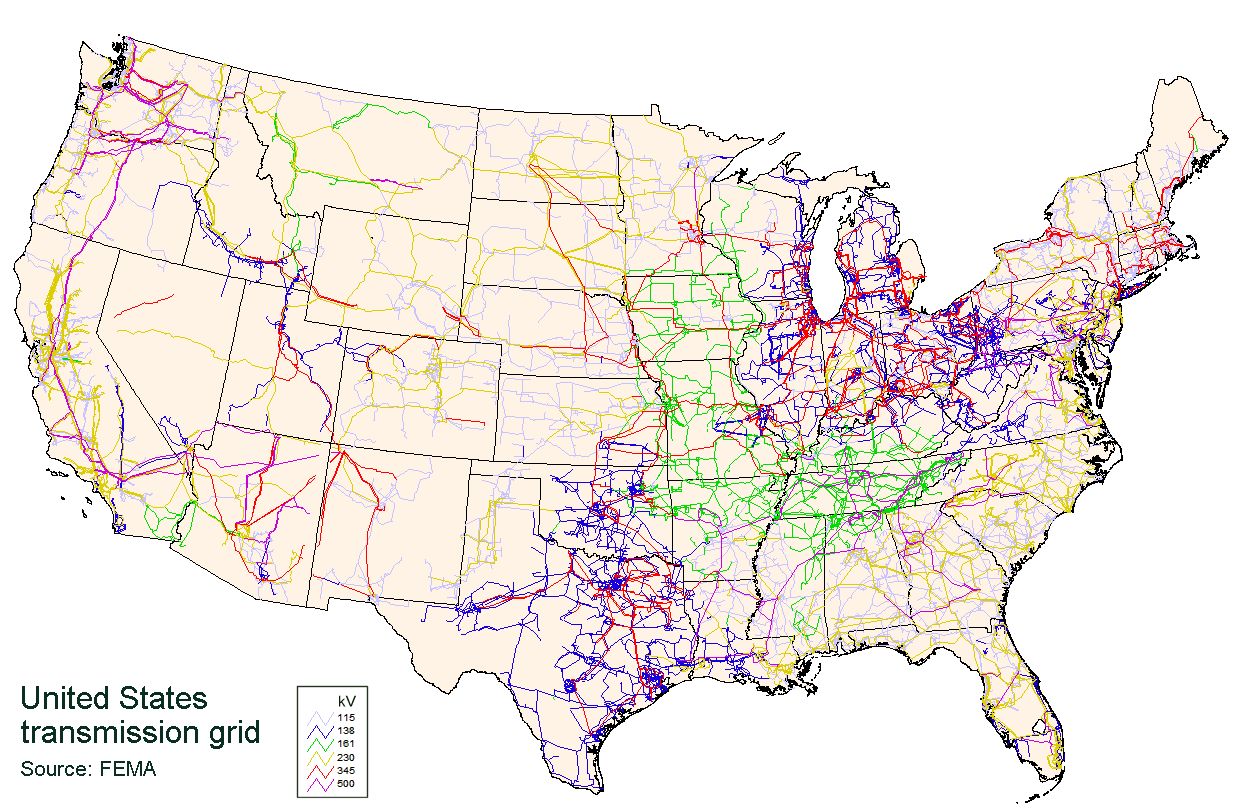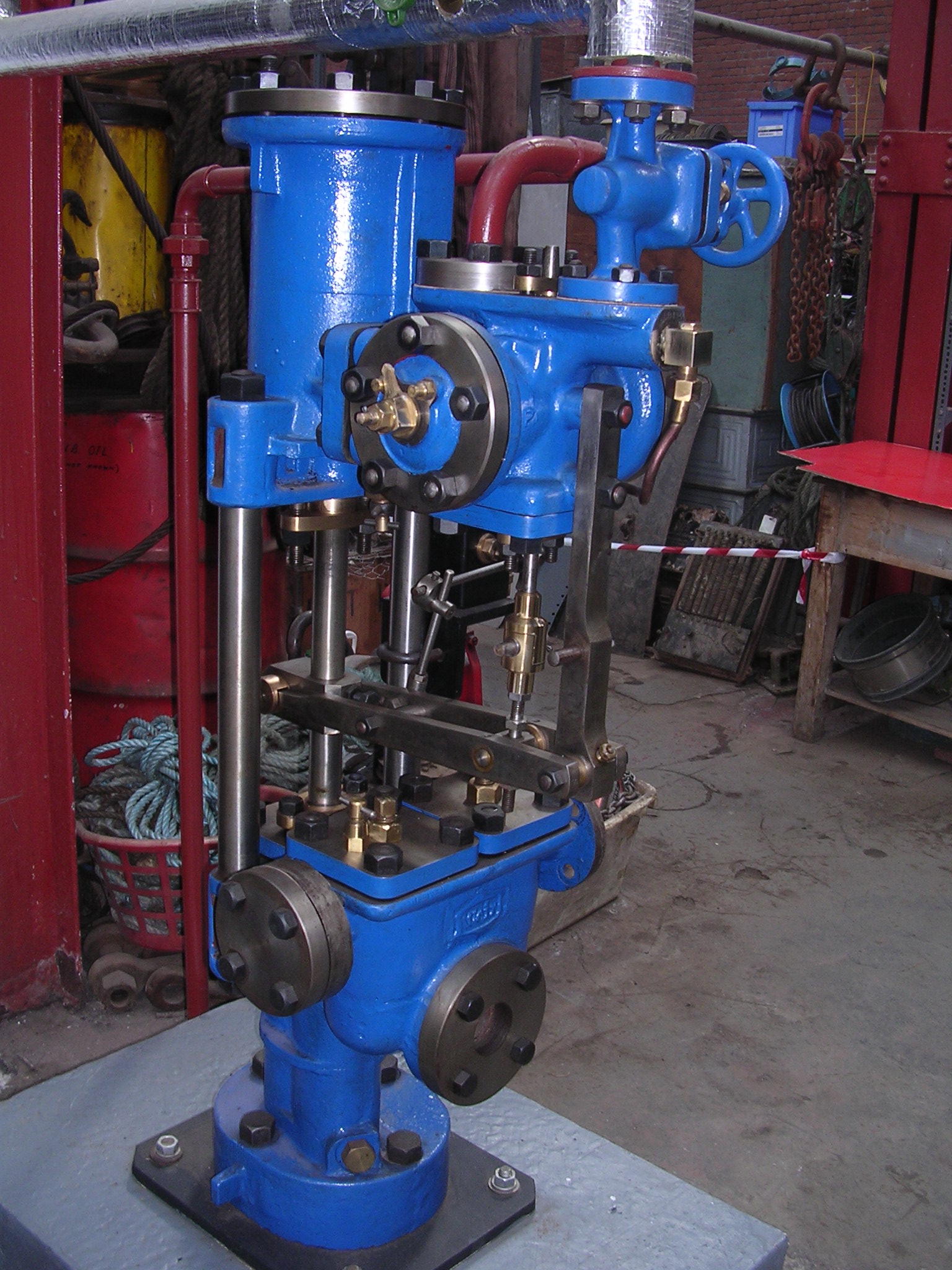|
Generating Availability Data System
The Generating Availability Data System (GADS) is a database produced by the North American Electric Reliability Corporation (NERC). It includes annual summary reports comprising the statistics for power stations in the United States and Canada. GADS is the main source of power station outage data in North America. This reporting system, initiated by the electric utility industry in 1982, expands and extends the data collection procedures begun by the industry in 1963. NERC GADS is recognized today as a valuable source of reliability, availability, and maintainability (RAM) information.North American Electric Reliability Corporation's (NERC) Generating Availability Data System (GADS) Data Reporting Instructions (DRI). This information, collected for both total unit and major equipment groups, is used by analysts industry-wide in numerous applications. GADS maintains complete operating histories on more than 5,800 generating units representing 71% of the installed generating capaci ... [...More Info...] [...Related Items...] OR: [Wikipedia] [Google] [Baidu] |
North American Electric Reliability Corporation
The North American Electric Reliability Corporation (NERC) is a nonprofit corporation based in Atlanta, Georgia, and formed on March 28, 2006, as the successor to the North American Electric Reliability Council (also known as NERC). The original NERC was formed on June 1, 1968, by the electric utility industry to promote the reliability and adequacy of bulk power transmission in the electric utility systems of North America. NERC's mission states that it is to "ensure the reliability of the North American bulk power system." NERC oversees six regional reliability entities and encompasses all of the interconnected power systems of Canada and the contiguous United States, as well as a portion of the Mexican state of Baja California. NERC's major responsibilities include working with all stakeholders to develop standards for power system operation, monitoring and enforcing compliance with those standards, assessing resource adequacy, and providing educational and training res ... [...More Info...] [...Related Items...] OR: [Wikipedia] [Google] [Baidu] |
Power Station
A power station, also referred to as a power plant and sometimes generating station or generating plant, is an industrial facility for the generation of electric power. Power stations are generally connected to an electrical grid. Many power stations contain one or more generators, a rotating machine that converts mechanical power into three-phase electric power. The relative motion between a magnetic field and a conductor creates an electric current. The energy source harnessed to turn the generator varies widely. Most power stations in the world burn fossil fuels such as coal, oil, and natural gas to generate electricity. Low-carbon power sources include nuclear power, and an increasing use of renewables such as solar, wind, geothermal, and hydroelectric. History In early 1871 Belgian inventor Zénobe Gramme invented a generator powerful enough to produce power on a commercial scale for industry. In 1878, a hydroelectric power station was designed and built ... [...More Info...] [...Related Items...] OR: [Wikipedia] [Google] [Baidu] |
Butterworth-Heinemann
Butterworth–Heinemann is a British publishing company specialised in professional information and learning materials for higher education and professional training, in printed and electronic forms. It was formed in 1990 by the merger of Heinemann Professional Publishing and Butterworths Scientific, both subsidiaries of Reed International. With its earlier constituent companies, the founding dates back to 1923. It has publishing units in Oxford (UK) and Waltham, Massachusetts (United States). As of 2006, it is an imprint of Elsevier. See also *LexisNexis Butterworths LexisNexis is a part of the RELX corporation that sells data analytics products and various databases that are accessed through online portals, including portals for computer-assisted legal research (CALR), newspaper search, and consumer informa ... References External links * Book publishing companies of the United Kingdom Elsevier imprints {{publish-corp-stub ... [...More Info...] [...Related Items...] OR: [Wikipedia] [Google] [Baidu] |
Boiler Feedwater Pump
A boiler feedwater pump is a specific type of pump used to pump feedwater into a steam boiler. The water may be freshly supplied or returning condensate produced as a result of the condensation of the steam produced by the boiler. These pumps are normally high pressure units that take suction from a condensate return system and can be of the centrifugal pump type or positive displacement type. Construction and operation Feedwater pumps range in size up to many kilowatts and the electric motor is usually separated from the pump body by some form of mechanical coupling. Large industrial condensate pumps may also serve as the feedwater pump. In either case, to force the water into the boiler, the pump must generate sufficient pressure to overcome the steam pressure developed by the boiler. This is usually accomplished through the use of a centrifugal pump. Another common form of feedwater pump runs constantly and is provided with a minimum flow device to stop overpressuring th ... [...More Info...] [...Related Items...] OR: [Wikipedia] [Google] [Baidu] |
John Wiley And Sons
John Wiley & Sons, Inc., commonly known as Wiley (), is an American multinational publishing company founded in 1807 that focuses on academic publishing and instructional materials. The company produces books, journals, and encyclopedias, in print and electronically, as well as online products and services, training materials, and educational materials for undergraduate, graduate, and continuing education students. History The company was established in 1807 when Charles Wiley opened a print shop in Manhattan. The company was the publisher of 19th century American literary figures like James Fenimore Cooper, Washington Irving, Herman Melville, and Edgar Allan Poe, as well as of legal, religious, and other non-fiction titles. The firm took its current name in 1865. Wiley later shifted its focus to scientific, technical, and engineering subject areas, abandoning its literary interests. Wiley's son John (born in Flatbush, New York, October 4, 1808; died in East Orange, New ... [...More Info...] [...Related Items...] OR: [Wikipedia] [Google] [Baidu] |
Forced Outage Rate
In electrical engineering, forced outage is the shutdown condition of a power station, transmission line or distribution line when the generating unit is unavailable to produce power due to unexpected breakdown. Forced outage can be caused by equipment failures, disruption in the power plant fuel supply chain, operator error etc. Forced outage rate Forced outage rate (FOR or FOAR) of a power station unit is the probability that the unit will not be available for service when required. FOR is defined as the number of hours the unit is on forced outage over the total number of hours in a year (which is the sum of hours the power station is available for service and hours the power station is in forced outage). Two derivative metrics are also used: * equivalent forced outage rate (EFOR, also equipment EFOR, EEFOR) has a different denominator: instead of the total number of hours in the year, only the hours when the unit was needed for load are counted. * weighted EFOR (WEFOR) is ... [...More Info...] [...Related Items...] OR: [Wikipedia] [Google] [Baidu] |
Availability
In reliability engineering, the term availability has the following meanings: * The degree to which a system, subsystem or equipment is in a specified operable and committable state at the start of a mission, when the mission is called for at an unknown, ''i.e.'' a random, time. * The probability that an item will operate satisfactorily at a given point in time when used under stated conditions in an ideal support environment. Normally high availability systems might be specified as 99.98%, 99.999% or 99.9996%. Representation The simplest representation of availability (''A'') is a ratio of the expected value of the uptime of a system to the aggregate of the expected values of up and down time (that results in the "total amont of time" ''C'' of the observation window) : A = \frac = \frac Another equation for availability (''A'') is a ratio of the Mean Time To Failure (MTTF) and Mean Time To Repair (MTTR), or : A = \frac = \frac If we define the status function X(t) as : ... [...More Info...] [...Related Items...] OR: [Wikipedia] [Google] [Baidu] |


